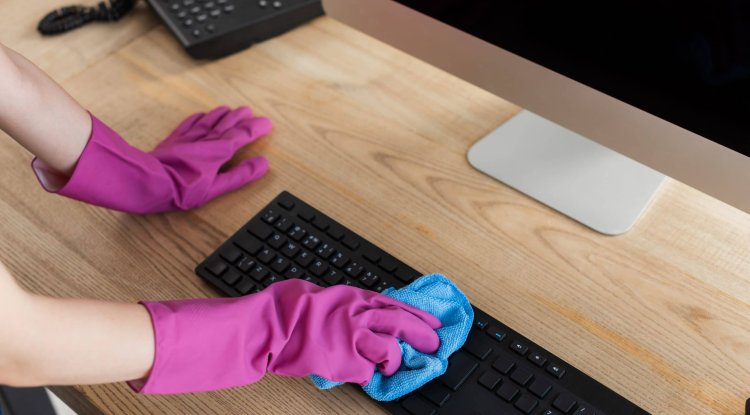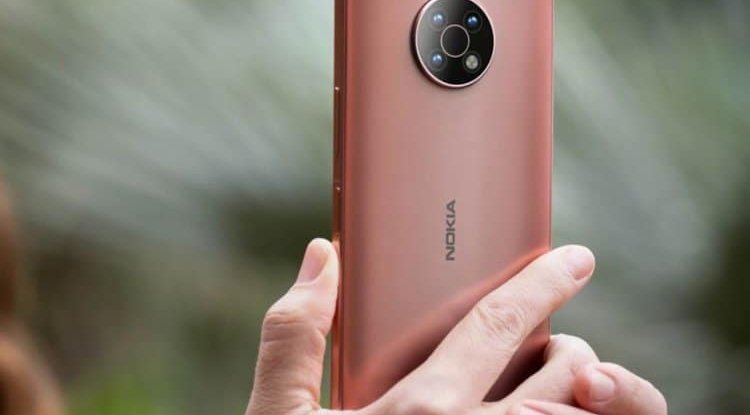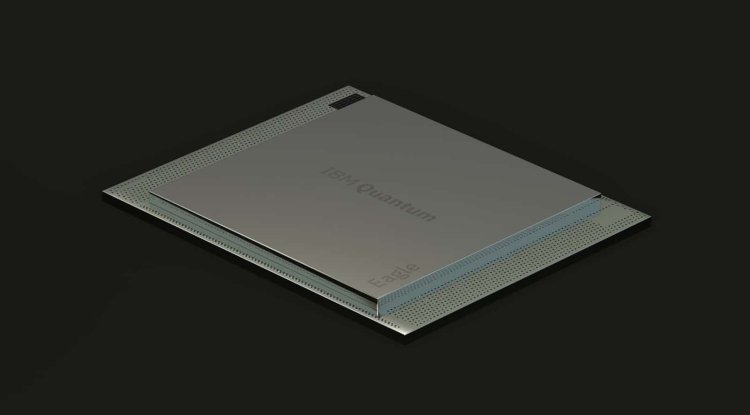Do you clean your PC peripherals?

A mechanical keyboard is a device that allows us to engage with our PC on a higher level since it provides a higher level of specialization and a better user experience than a membrane keyboard.
In many circumstances, this also ends up being a significant investment, especially when it is a tool for both business and recreation.
To keep a mechanical keyboard in good shape and maximize its usable life, it is required to perform minimal maintenance, which, in the end, focuses on a simple but important concept: cleaning.
This has an explanation: the keyboard is not just one of the most often used peripherals, but it is also one of the ones that acquire the most filth over time.
Consider everything that happens to a mechanical keyboard with regular use. We contact it with our hands, spreading small traces of grease and any dirt we may have on them, including small lint. On the other hand, because it is exposed and with us so close, it will collect everything that falls on it, such as dust and hair.
If you eat and drink near the keyboard, you may come across food scraps and drink spillage.
Consider how a mechanical keyboard may appear after several months of usage when it has been subjected to dust, finger grease, and all of the other components stated above.
What motivates a user to spend so much time cleaning a mechanical keyboard?
Many times, it is due to laziness, and let’s face it, cleaning a mechanical keyboard properly takes time. In many other circumstances, however, everything boils down to fear; that is, the user does not dare to completely clean his keyboard in case he ruins it or is unable to reinstall the keys.
Any cleaning of a mechanical keyboard must be done with it disconnected, so you know before you start disconnecting it from the PC.
Why is it worthwhile to clean a mechanical keyboard?
There are numerous reasons for this, including hygiene (because it is required for proper maintenance), aesthetics (because a dirty keyboard conveys a negative image of us), and the sensations that a mechanical keyboard transmits after a thorough cleaning, which are truly unique due to the feel of the keys.
Believe it or not, it is possible to clean a mechanical keyboard with minimal effort and without disassembling all of the keys. Obviously, the outcome is not as good, but it will suffice to keep it in good shape and allow you to enjoy it for a long time. The most simple cleaning method that we may use on a mechanical keyboard is the conventional “wipe.”
It is a classic, but many people make the error of wiping with any wet cloth, which does not work well at all, especially if there is a lot of accumulated grease, because it will not clean and will leave a residue.
Scented ammonia is a superb disinfectant and degreaser, so it will leave your keyboard pristine without requiring any effort on your part. Keep in mind that you only need a minimal amount. For your convenience, draw an ‘L’ on a soaked microfiber cloth with a thin spout ammonia bottle. Then you wring it out a little so that it soaks the entire cloth, and that’s all there is to it. You don’t have to worry about it drying because it doesn’t leave any residues.
You can also use cotton swabs drenched in water and fragrant ammonia and pass them through the edges of the keys, as well as the corners that the cloth couldn’t reach. All of these measures will take you only a few minutes and will keep your keyboard in excellent shape. And, yeah, don’t be concerned about the smell; the ammonia content is really low, and you won’t detect it at all.
"Power Tools":
- Microfiber cloth moistened with a touch of scented ammonia.
- Cotton swabs dipped in water with a little scented ammonia.
- Blower (optional, we can use a dryer set to cold air mode).
- A wide table to place the keys in the same order that we remove them (optional, but it will save us time and effort.
- A brush with soft bristles (optional, it will help us better remove dust and stubborn dirt).
- Toothbrush for the wrist rest (optional, helps to get into the cracks).
- We can also use a handheld vacuum, as long as it can be regulated in power to vacuum safely from very close to the keyboard switches (optional).




































